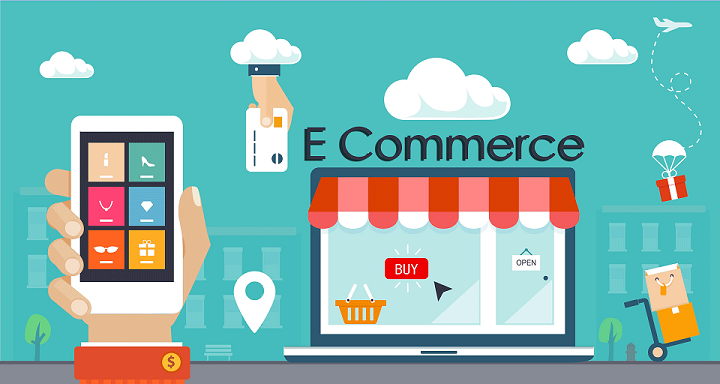Magento 1.0 customers… the end is nigh. Magento customers will be forced to upgrade to Version 2.0 and after November 2018, and Magento 1.0 users will no longer receive support, patches or upgrades.
This puts Magento based e-commerce stores in a difficult position, without security updates, upgrades and support, you may leave your business open to cyber-attacks and bugs.
From what we understand the move to Magento 2 is more than an upgrade, it’s an entire rebuild and a new system, which will involve hiring resources (developers/designers) to essentially rebuild your Magento store onto a new platform. Fresh code means a fresh start, however, now is the time to consider if continuing to use Magento is right for your business.
In line with this, we wanted to highlight the 5 key differences between Magento and Shopify.
1. Hosting
Magento Community is free to install the platform (Magento Enterprise is subject to yearly license fees), however, it doesn’t come headache free. You’ll need intermediate coding knowledge or a hired development team, and you will have to select your own hosting supplier. Choosing a cheaper hosting solution may cause issues later down the line if your store and customer base booms, whereas Shopify offers unlimited bandwidth, whatever your size.
Shopify requires no hosting fees and no software installation. Your Shopify store can be up and running in under an hour with no technical knowledge or extra investment needed. When selecting Magento as your e-commerce platform, you will need to purchase your own hosting solution and potentially hire an IT infrastructure team, depending on the traffic volume you expect.
2. Security
Protecting your customer’s data should be one of your primary concerns. From signup, Shopify is completely PCI compliant, with an SSL certificate built into your subscription, your customer’s payment details and address will stay safe. Magento is based on open-source software, making it more vulnerable to cyber-attacks and malware, plus any hosting purchased will have to be configured to also bring that in line with recognized standards. Ensuring your own PCI compliance can be time-consuming and costly.
3. Upgrades
Whilst upgrading from Magento 1.0 to Magento 2.0 is considered to be a full rebuild, Shopify automatically applies all updates, including security patches, direct to your store, rolled out and managed cost-free from Shopify HQ.
With a Magento store you have to manually apply updates, so make sure you’re signed up to their newsletters and communications to keep your store up to date. As of November 2018, Magento will no longer support customers on 1.0. This not only will leave stores open to malware attacks but also partner programs and plugins will be focusing mainly on 2.0 customers as 1.0 becomes obsolete.
4. Scalability
Shopify offers a fully hosted SaaS solution built to handle any level of volume allowing high-volume merchants to focus on their business. Shopify currently supports 350,000 stores, even throughout peak times such as Christmas or Black Friday, and has high volume celebrity merchants such as Kylie Jenner and Kanye West fashion brand, Yeezy.
Magento Enterprise has many examples of clients that operate at a high level of sales and traffic, and Magento 2.0 is designed with growth and volume in mind. However, remember that growing on the Magento platform will involve growing your IT infrastructures such as servers and hosting.
5. Cost
At an enterprise level, Magento Enterprise license fees can range from $20k-$75k per year, plus the cost of hosting and any infrastructure needed. For a high volume business, this can be extremely costly to ensure peak performance during e-commerce busy periods. Currently, Shopify Plus charges start at $2k per month, which includes PCI, security, hosting and SSL in one package. The monthly payment also includes any ongoing developments and new feature rollouts that Shopify HQ is working on, which simply frees up your time so you can focus on your business.
In Closing
Going from Magento 1 to Magento 2 isn’t as simple as a migration or version update. It’s basically an entirely new e-commerce re-platforming project. So, if you need to entirely re-platform your e-commerce solution, why not search for a solution that best fits your business needs?
My Project Solution can help you determine which E-Commerce shopping cart is best for you. Reach out to us today to tell us more about you and your business needs.

